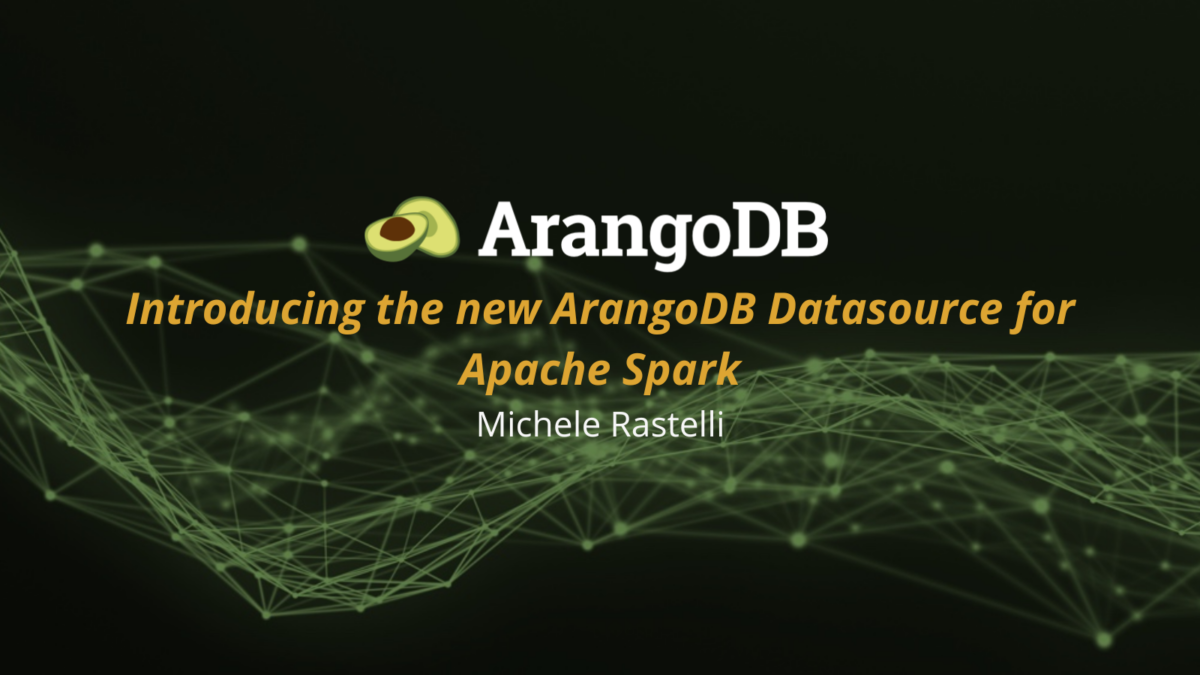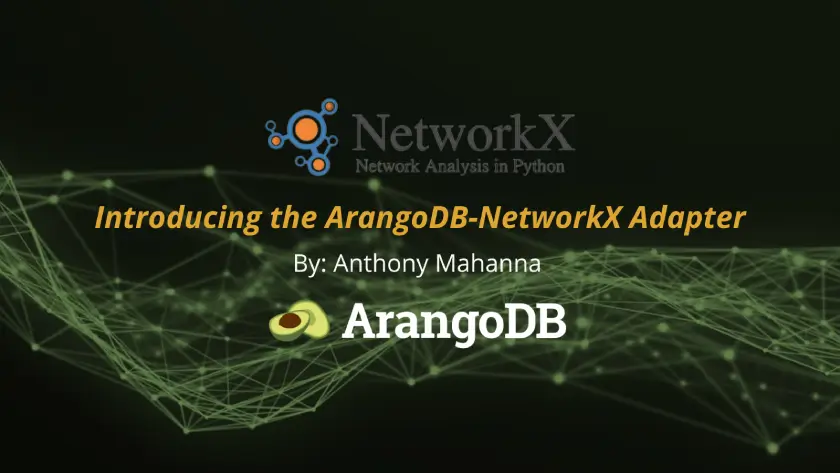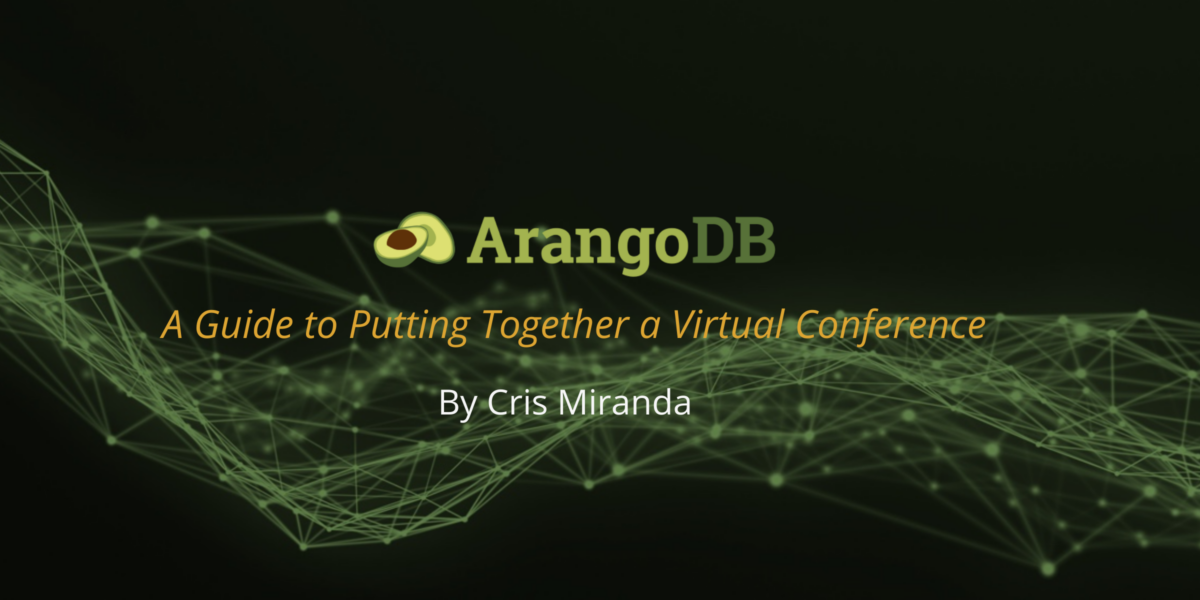Introducing the new ArangoDB Datasource for Apache Spark
We are proud to announce the general availability of ArangoDB Datasource for Apache Spark: a new generation Spark connector for ArangoDB. Nowadays, Apache Spark is one of the most popular analytics frameworks for large-scale data processing. It is designed to process in parallel data that is too large or complex for traditional databases, providing high…
Introducing ArangoDB 3.9 – Graph Meets Analytics
We are proud to announce the GA release of ArangoDB 3.9! Congrats to the team and community for the latest ArangoDB release 3.9! ArangoDB 3.9 is focused on extending the capabilities of advanced Analytics and especially at scaling Graph use cases even further. In the remainder of this blog post, we will dive further into…
Introducing the ArangoDB-DGL Adapter
Estimated reading time: 15 minutes We are proud to announce the GA 1.0 release of the ArangoDB-DGL Adapter! The ArangoDB-DGL Adapter exports Graphs from ArangoDB, a multi-model Graph Database, into Deep Graph Library (DGL), a python package for graph neural networks, and vice-versa.
Introducing the ArangoDB-NetworkX Adapter
Estimated reading time: 18 minute We are proud to announce the GA 3.0 release of the ArangoDB-NetworkX Adapter! The ArangoDB-Networkx Adapter exports Graphs from ArangoDB, a multi-model Graph Database, into NetworkX, the swiss army knife for graph analysis with python, and vice-versa.
A Year in Review: Welcome 2022 with ArangoDB.
As the new year begins, It’s time to take a step back and reflect on 2021. 2021 was a big year for ArangoDB, and none of it would have been possible without the hard work and dedication of our team, as well as the continuous support from our community. This blog post recaps a few…
A Guide to Putting Together a Virtual Conference
Hello! I’m Cris Miranda, the community manager at ArangoDB, and I make sure ArangoDB has a vibrant, wholesome, and ever-growing community of amazing people. I want to share some tips and advice based on valuable lessons we’ve learned from our first-ever virtual developers’ conference. In this short blog post, you’ll learn about how to avoid…
 Skip to content
Skip to content 




